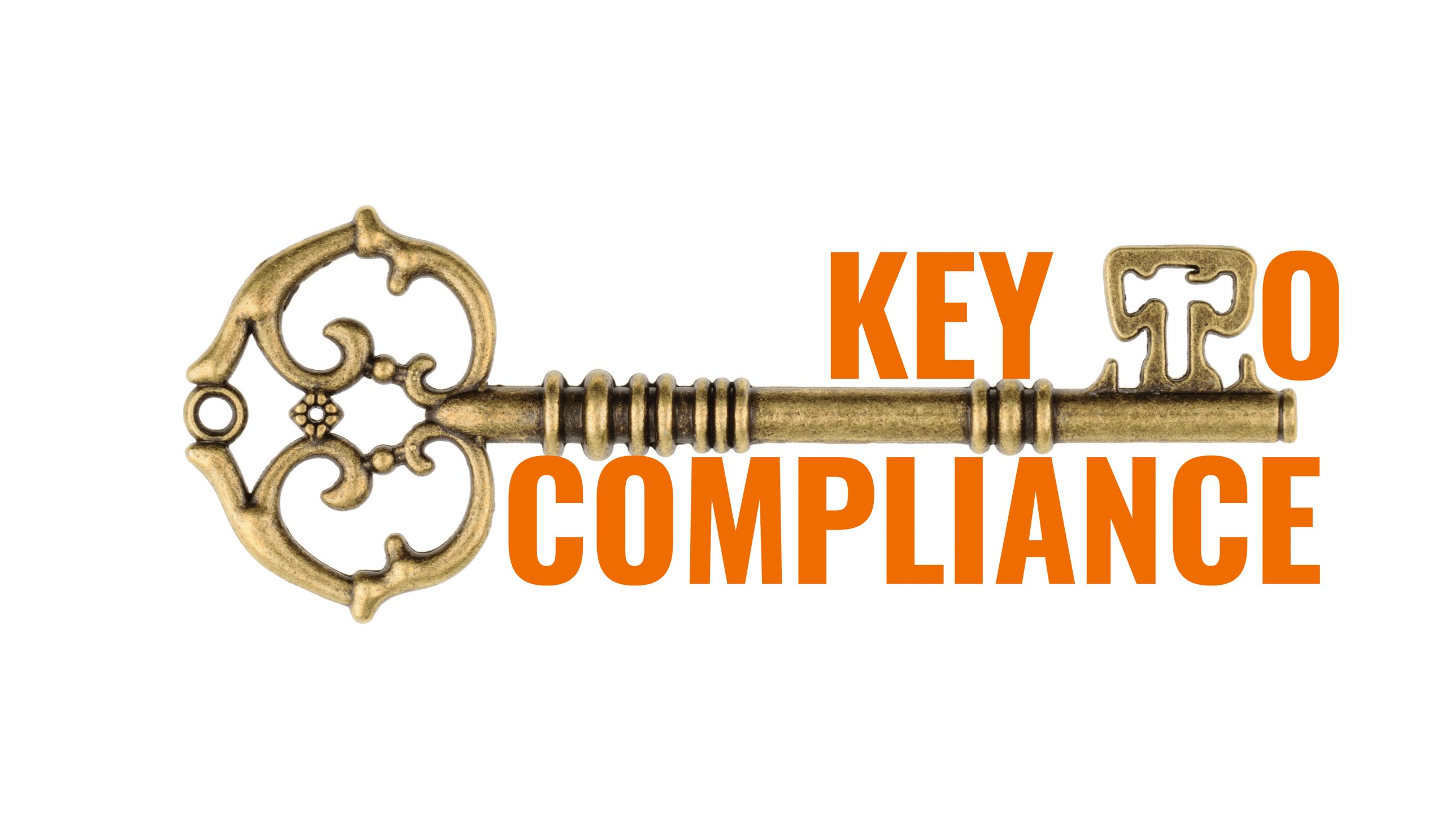There are mainly 3 categories of Process Validation conducted.
1.Prospective
– Validation conducted prior to the distribution of either a new product, or product made under a revised manufacturing process, where the revisions may affect the product’s characteristics.
There are three phases of prospective validation:
– Installation qualification (Process equipment consistently operates within established limits and tolerances)
– Process performance qualification (The process is effective and reproducible)
– Product performance qualification (The finished product produced by a specified process meets all release requirements for functionality and safety)
2. Concurrent
– A subset of prospective validation conducted with the intention of ultimately distributing product manufactured during the validation study
3. Retrospective
– Validation of a process for a product already in distribution based upon accumulated production, testing and control data
In this validation there is an assumption, typically unmet, of complete records
– Customer complaints not investigated
– Investigations without adequate corrective action
– Scrap and rework not fully documented
– Inadequate process variability records
In a typical Sterile set up most common processes validated are
– Aseptic filling processes
– Sterilization processes
– Clean room ambient conditions
– Sterile packaging sealing processes
– Lyophilization process
– Heat treating processes
– Plating processes
– Plastic injection molding processes
– Routine end-product tests have insufficient sensitivity to verify the desired safety and efficacy of the finished devices
– Clinical or destructive testing would be required to show that the manufacturing process has produced the desired result or product
– Routine end-product tests do not reveal all variations in safety and efficacy that may occur in the finished devices
– The process capability is unknown, or it is suspected that the process is barely capable of meeting the device specifications
Process Validation steps
1. Determine the need to validate
2. Determine what to validate (IQ, OQ, or PQ)
3. Write a validation protocol
4. Conduct the protocol and collect the data
5. Analyze the data
6. Improve the process, as warranted, based on the data and analysis
7. Prepare a report
8. Maintain the documentation as a quality record
